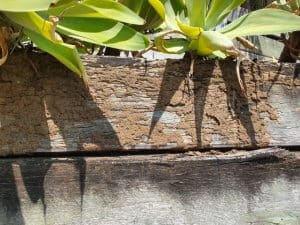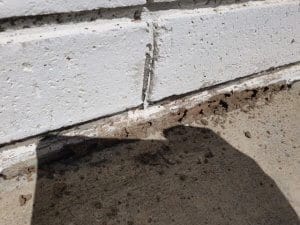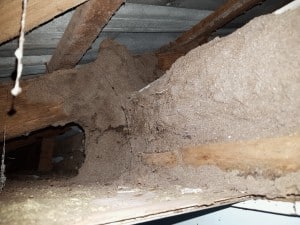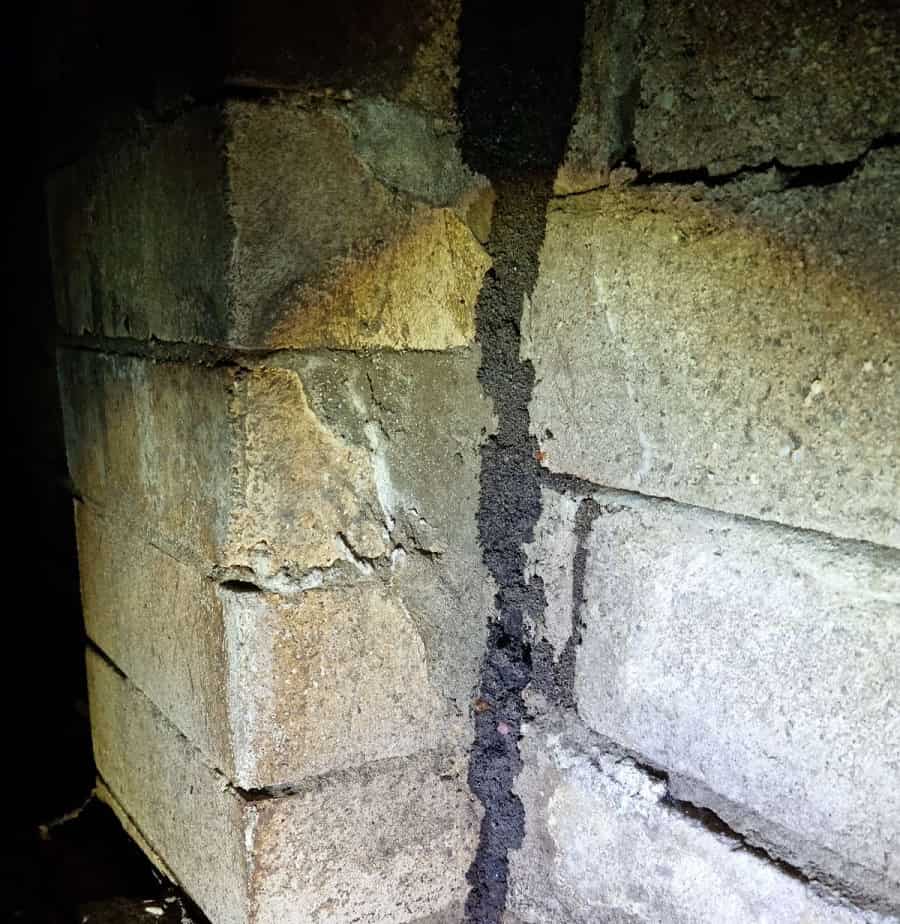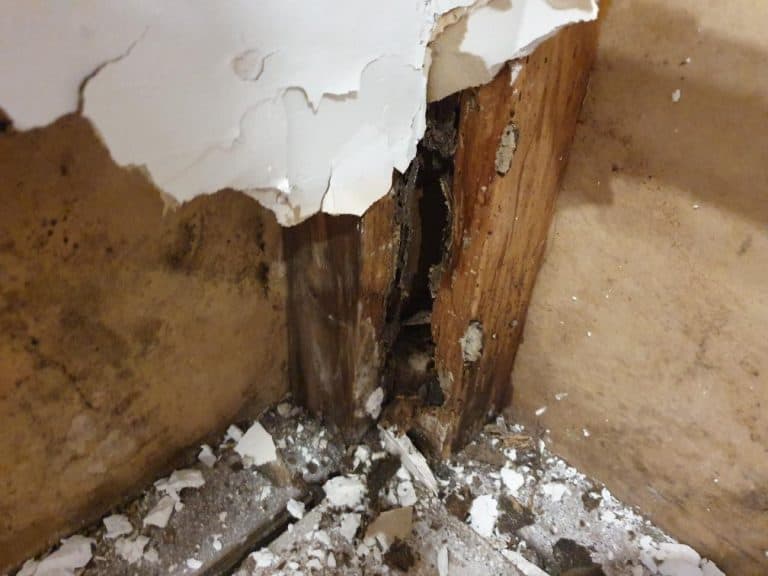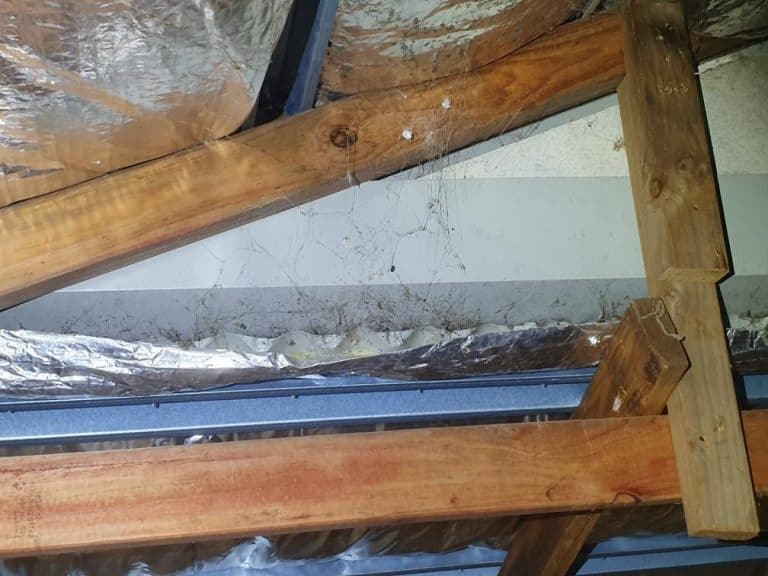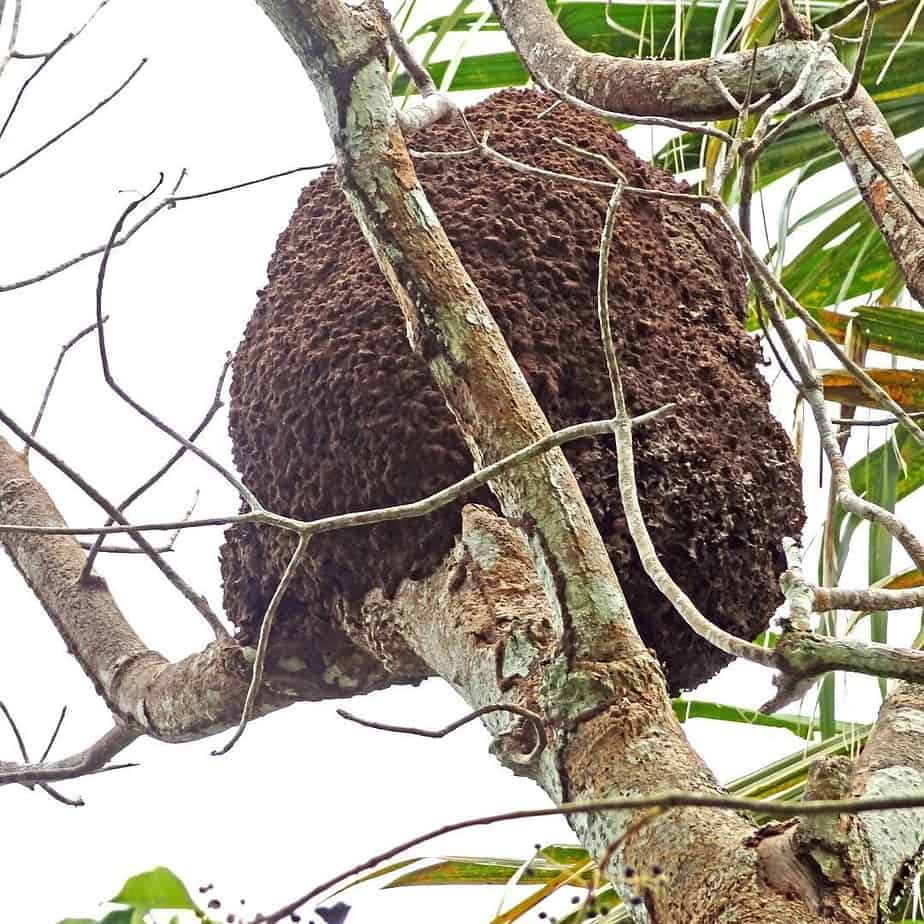Signs Of
Termites
WANTING TO KNOW THE SIGNS OF TERMITES AROUND YOUR HOME?
The weather conditions of Queensland are the perfect environment for warmth loving termites. Spells of hot, dry weather followed by heavy rains and humidity have termites in their hundreds of thousands – if not millions – on the move as these wood hungry pests search for new digs and expand their territory. What we don’t want, is them moving into YOUR home.
While there are hundreds of species of termites, there are seven main destructive species in Queensland, with the the coptotermes acinaciformis termite species accounting for as much as 70% of damage to buildings.
Protecting the structural integrity of your home from termites is particularly vital because termite damage is not covered by standard home insurance cover in Australia.
If termites cause structural damage to your Gold Coast property then your out of pocket expenses could be very large. In Australia the average cost of repairing termite damage is $10,000 so it pays to protect your property from termite attack.
So, what do we look for as the indicators that termites may have already invaded the property?
Swarming Termites
A curious thing about termites is that they live underground their entire lives. Unless they need to grow wings and fly away.
When a termite colony is full the termites can grow wings and swarm. They fly away in search of a new place to nest and grow a new colony. Male and female termites will then mate, a king and queen will form, and a new colony will evolve.
If you see winged termites it’s a sign that you have swarming termites near you. They’re looking for a new home. And you don’t want that home to be your home.
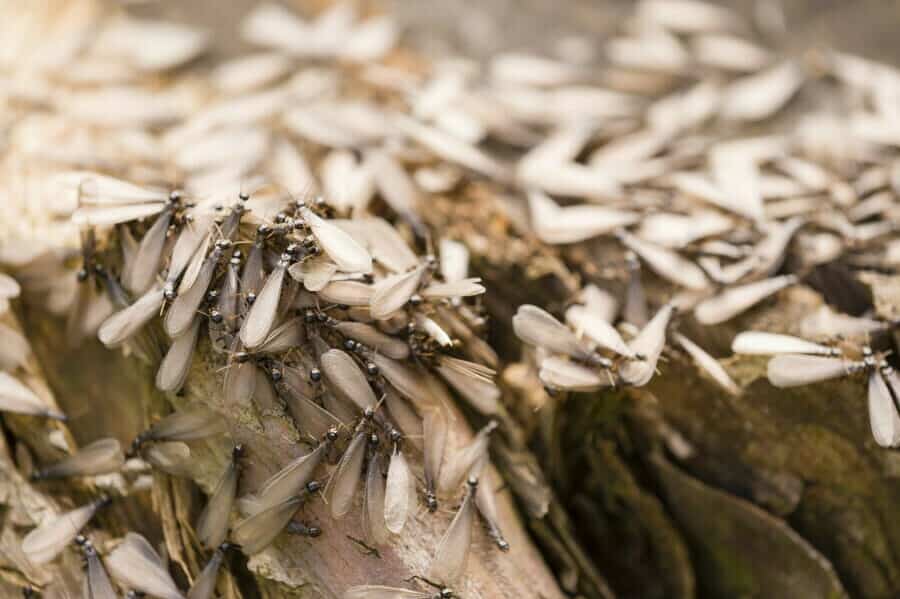
Termite Mudding
Termites build shelters and transportation systems for themselves in available cracks and gaps around your home in places such as retaining walls, foundations, roof cavities, architraves, skirting boards, and along piping.
They are called termite mud tubes, termite mounds, termite mudding or just “termite mud”.
Termites build these mud pathways to protect themselves from the light and they are very distinctive so always keep a lookout for termite mud around your house.
If you find a termite mud structure then don’t disturb it just call your termite pest inspector immediately.
Damp
Termites love damp. They need it to survive. They’re just like you and me, in that without water they’ll die. They also need moisture to make those mud tubes we mentioned above.
This is why a moisture meter is often used by pest inspectors. When there is unexpected moisture behind a wall, there is often termites. In some cases, they’ve brought it in to make the mudding shown above. In other instances, they’re just taking advantage of the moisture that is available to them. This is why you should prevent moisture in and around your home.
Hidden Damage
Termites eat away at timbers leaving them hollowed out and structurally unsound. Sometimes the first sign anyone has that they have a termite problem is when the vacuum cleaner head goes straight through a skirting board or wall.
When checking for termites, check for :
- Hollow sounding timber
- Sagging floors and doors
- Easily damaged skirting boards, door surrounds and architraves
- Cracked paint or plaster
Electrical Issues
Termites naturally gravitate towards sources of warmth. Beyond the mudding and hidden damage we’ve covered so far, termites are additionally known for creating electrical issues within a home. Termites can chew through electrical wires and cables. They can also dislodge them which can cause electircal problems and the increase of fire. Be on the look out for:
- Power failures - because termites love warmth, the electric power outlets and fittings are particularly attractive to them.
- Electric shocks - termites use mudding to build their nest and tunnels. When they come to a electrical socket they may fill it to protect their nest. However, because the mud is moist it could cause an electric shock if anyone tried to use the socket.
- Faulty hot water system - the perfect termite habitat. Water and warmth provide ideal termite breeding conditions.
Nearby Termite Nests
Termites can travel around 200m underground. Having a termite nest nearby is an indication that you can have termites in your home, even if the nest is far away.
We inspected termite bait stations at a home recently where the only station with termites was the one in a small garden bordered all around by concrete. It’s possible these lived in the soil for many years. We can only conjecture where they came from. A termite nest was visible some 100m away. Regardless of where they came from, they have to burrow underneath many meters of concrete to get to this patch of garden.
What to do if you find signs of Termites
DON’T try to destroy or disturb the nest or mud-tubes as this disperses the colony and makes control more difficult for the inspector.
DON’T try to eliminate the termites with household sprays or other chemicals (including petrol, kerosene, etc)
* If termites feel threatened or attacked they immediately go into hiding making them much harder to locate and eradicate.
DO call your preferred Pest Control expert, arrange for a building & pest inspection and discuss an effective pest control strategy to implement.
Gold Coast Termite Inspections

Reduce the risk of termite damage
Going forward, to prevent the risk of termite damage there are a number of simple steps you can take. The first priority is to book a regular inspection with the Gold Pest Inspector. Other simple actions a home owner can do include:
- Fix any moisture problems such as leaking taps, poor drainage and poor ventilation.
- Keep areas under your house clear. Make sure your house has plenty of ventilation.
- Remove any wood or built up debris from around the house, this can act as an entry point for opportunistic termites.
- Garden beds should be built well clear of the home.

